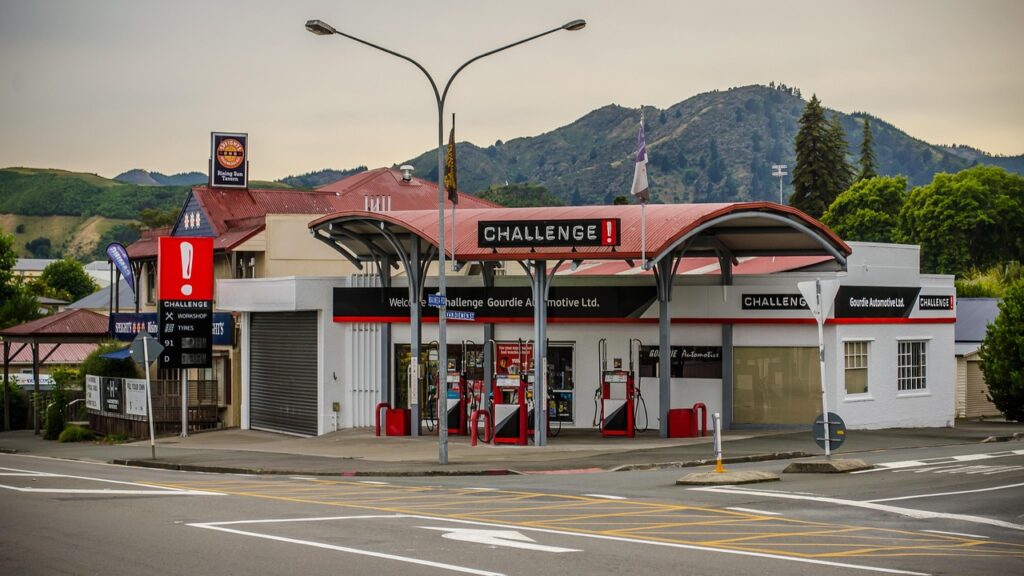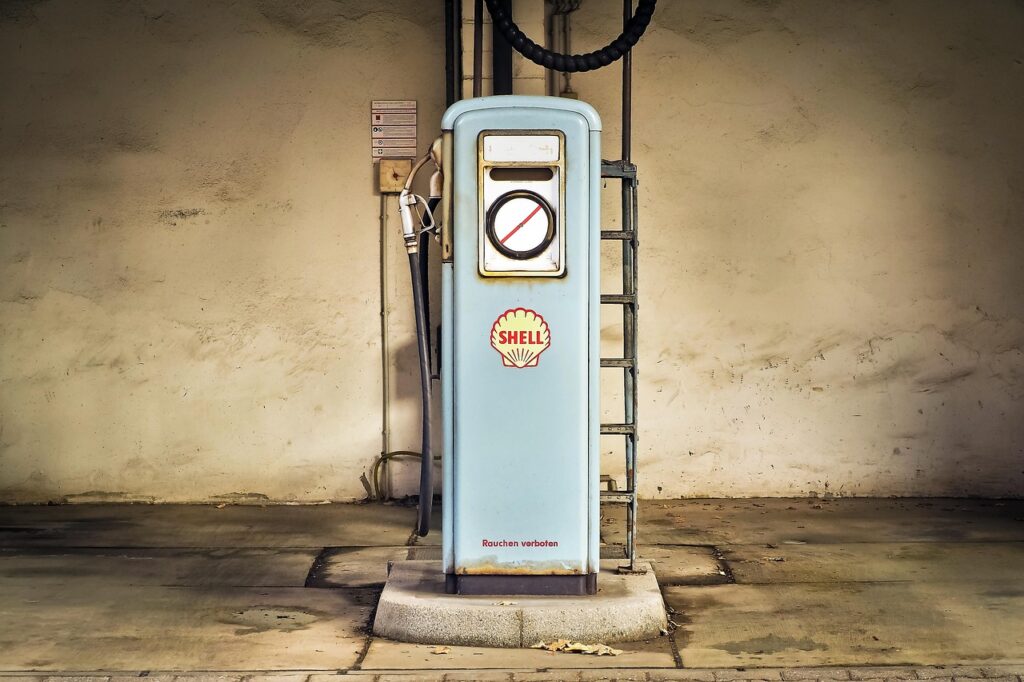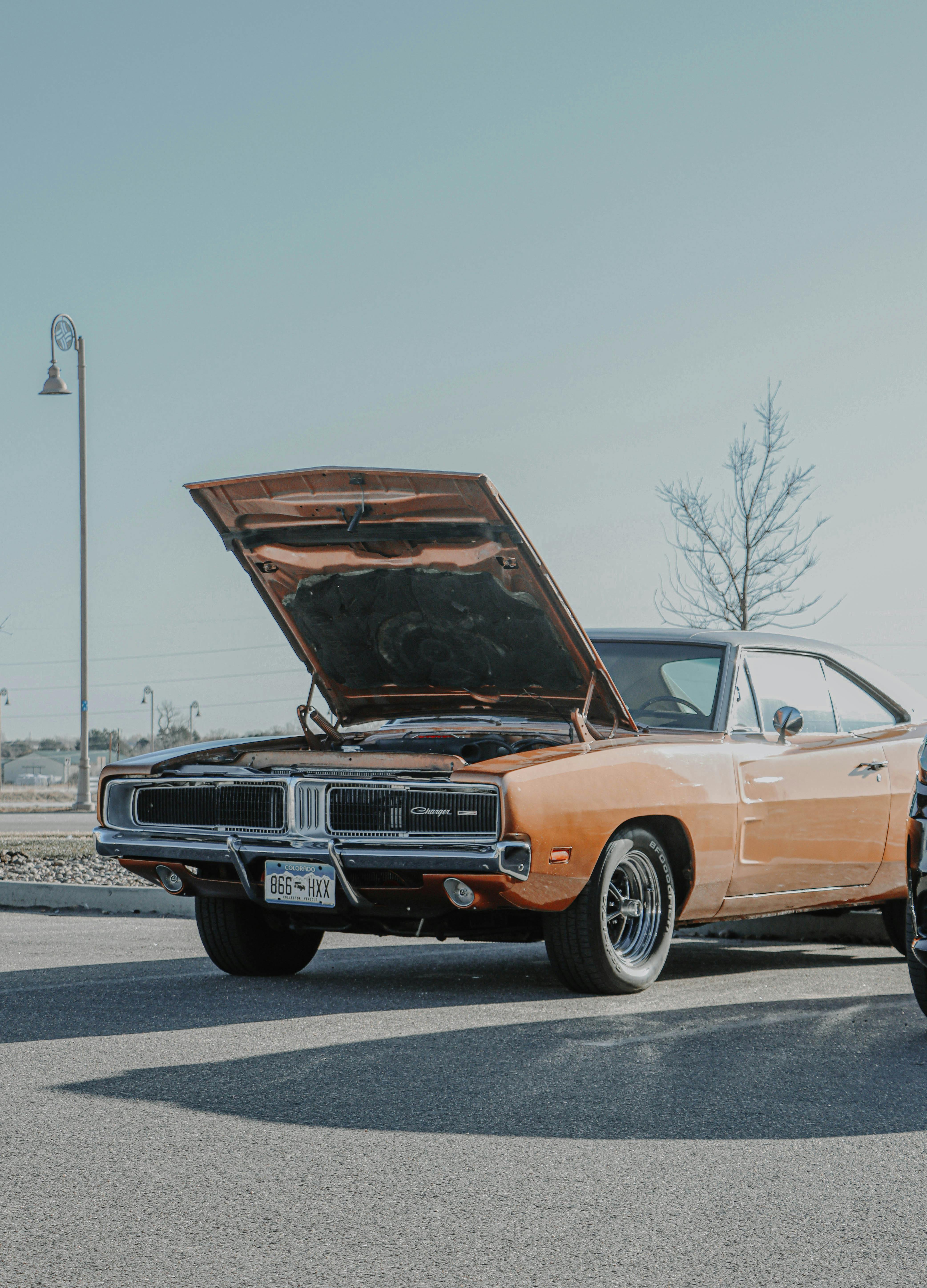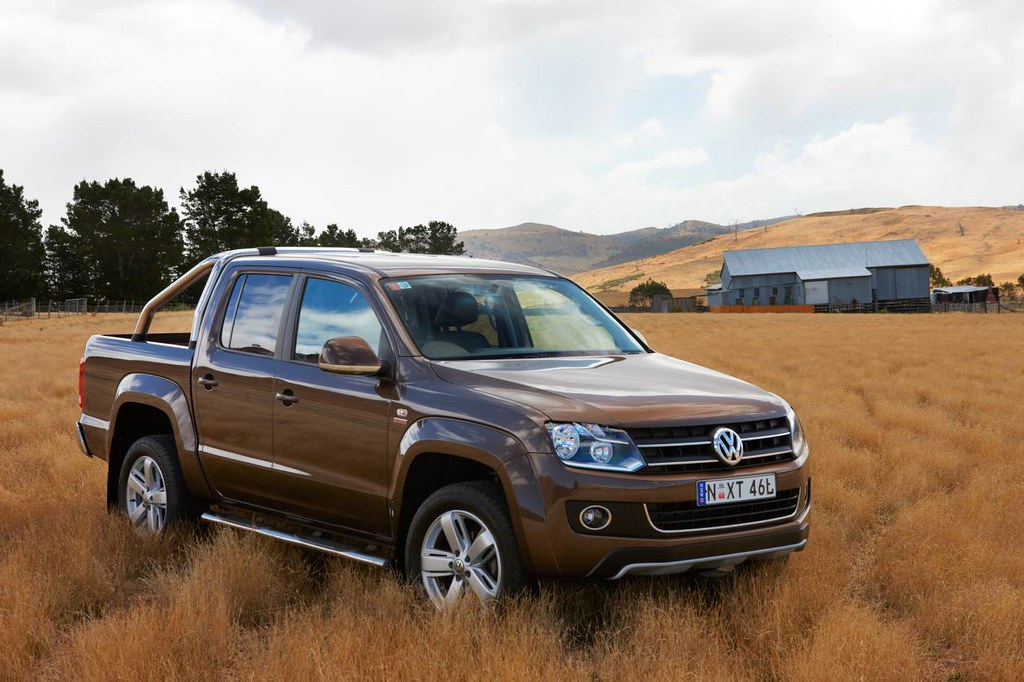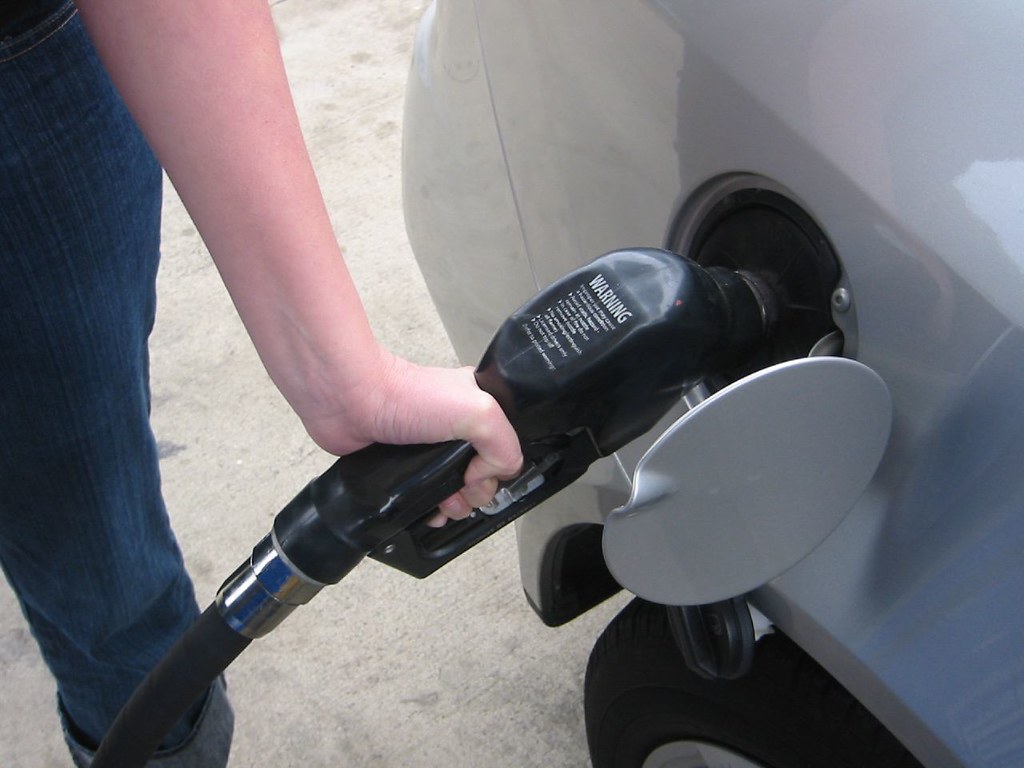
Pumping gas—it’s a task so deeply ingrained in our weekly routines that for many, it’s become an almost unconscious act. We pull up, swipe, select, and pump, often with our minds miles away, perhaps already planning the next errand or catching up on notifications. But beneath this mundane facade lies a process fraught with potential hazards, where seemingly minor oversights can snowball into significant problems for your vehicle and even pose serious safety risks. We tend to forget that gasoline is a volatile chemical, inherently dangerous if not handled with the utmost care and respect.
The consequences of complacency at the pump extend far beyond a few spilled drops or a slightly higher fuel bill. According to J.D. Power, thousands of fires occur at gas stations annually, a stark reminder that these are not mere urban legends. Many of these preventable accidents stem from drivers not paying sufficient attention and neglecting some very simple, good habits when refueling. Whether you’re a seasoned road warrior or a newly licensed driver, understanding these common fueling mistakes isn’t just about saving money; it’s about safeguarding your investment, your well-being, and the safety of those around you.
In the spirit of expert guidance, we’ve compiled a comprehensive look at the critical refueling mistakes that many drivers inadvertently make. Drawing on safety recommendations from the American Petroleum Institute (API) and insights from trusted automotive safety publications, we’ll equip you with the knowledge to navigate the gas station safely and efficiently. By highlighting these often-overlooked pitfalls, we aim to transform your routine fuel stop from a moment of distraction into an opportunity for vigilant, responsible car care. Let’s delve into the first set of crucial errors that you absolutely need to avoid.

1. **Re-entering Your Vehicle During Refueling**It’s a common sight at gas stations: drivers stepping back into their warm or cool cars while the fuel pump tirelessly fills their tank. Perhaps it’s habit, or a fleeting desire for comfort, but this seemingly innocent act carries a hidden danger that many are unaware of. The American Petroleum Institute (API) explicitly warns against re-entering your vehicle during fueling for a very critical reason: the risk of static electricity buildup.
When you slide in and out of your car seat, especially in dry weather conditions, your body can accumulate a static charge. This charge, though imperceptible most of the time, can discharge with a sudden spark when you return to handle the fuel nozzle near the car’s fill pipe. Gasoline vapors, ever-present around the fill pipe, are incredibly flammable. That tiny spark, a mere fraction of a second, is all it takes to ignite these fumes, potentially causing a flash fire.
While such incidents are rare, their potential severity makes this a non-negotiable safety guideline. The API’s recommendation is clear and straightforward: remain outside your vehicle from the moment you start pumping until the nozzle is safely returned to its holder. This simple precaution ensures that any static charge you might carry remains safely dissipated, removing a potential ignition source and adding a vital layer of protection to your refueling process. It’s a small sacrifice of comfort for a significant gain in safety.
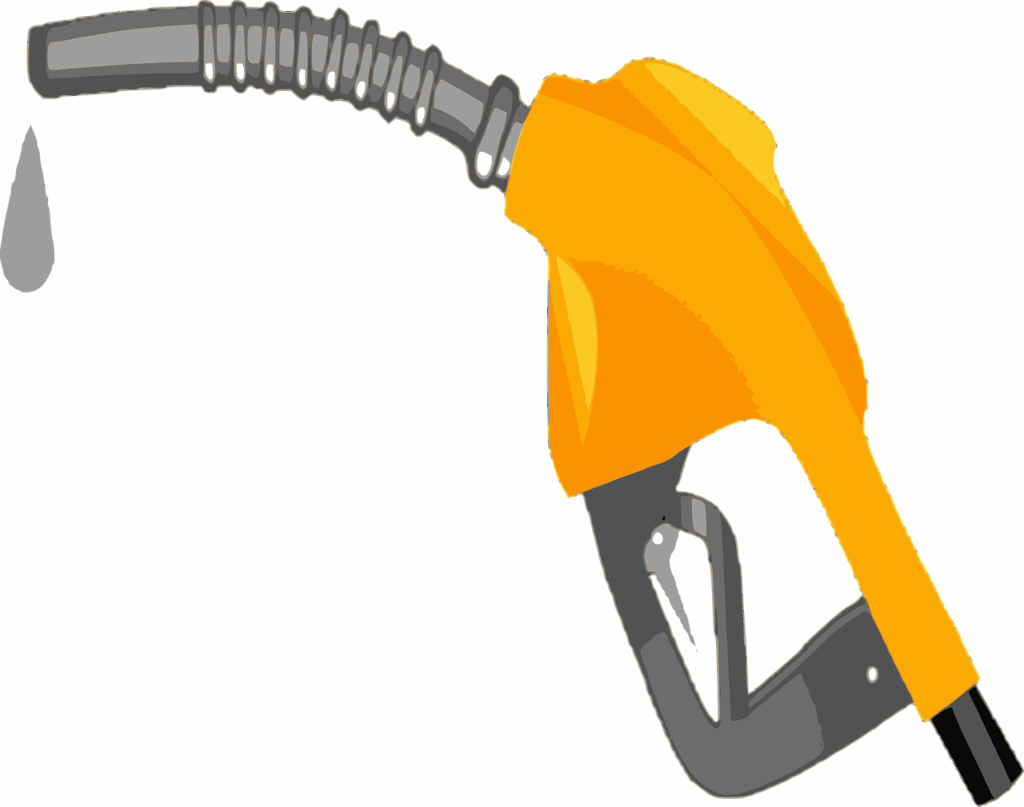
2. **Leaving Your Engine Running**The hum of an idling engine at the gas pump is another frequent oversight, sometimes driven by the rush of daily life or the desire to maintain climate control within the vehicle. However, keeping your engine running while fueling is a high-risk practice that directly contradicts fundamental safety protocols. This mistake isn’t just about static electricity, though that remains a concern; it introduces several other dangerous variables into the fueling equation.
First and foremost, a running engine is a source of heat and potential electrical sparks from various components under the hood. Fuel vapors, which are always present during refueling, can easily be ignited by these sources. The API advises that before you even begin pumping gas, you must turn off your vehicle’s engine. This includes auxiliary power sources like phone chargers or infotainment systems, as they can also contribute to static electricity buildup. Eliminating all potential ignition sources is a foundational step in safe refueling.
Beyond the immediate fire risk, allowing your engine to run while fueling can also negatively impact your car’s sophisticated fuel system. It can interfere with the car’s fuel reader and potentially cause the car to draw air into the fuel tank. This seemingly minor issue can lead to problems with the fuel pump itself, reduce its efficiency, and in more severe cases, even cause engine backfires. Turning off your engine is a quick, easy action that not only enhances safety but also helps preserve the long-term health and efficiency of your vehicle’s intricate fuel delivery system.
Read more about: Read This First: 14 Popular Trucks and SUVs That Become Costly Money Pits Once They Hit 80,000 Miles
3. **Smoking or Lighting a Match Near the Pump**This particular mistake might seem so blindingly obvious that it hardly warrants a mention, yet, astonishingly, people still disregard it. The rule is simple, unequivocal, and critically important: never smoke, light matches, or ignite lighters when you are anywhere near a gas pump or handling gasoline. The fumes emanating from gasoline are profoundly volatile and flammable, forming an invisible, explosive cloud that can be ignited with the slightest spark or flame.
A lit cigarette, a freshly struck match, or the flicker of a lighter holds enough energy to instantly transform a routine refueling stop into a life-threatening emergency. The danger is not confined to the immediate vicinity of the nozzle; gasoline vapors can travel, meaning a spark several feet away could still trigger a catastrophic event. It is absolutely imperative to ensure that any cigarette or cigar is properly and completely extinguished in your car’s ashtray *before* you even approach the fuel island.
This extends beyond the gas station to any scenario where you might be handling gasoline, such as filling a lawnmower or a generator. The principle remains the same: gasoline and open flames, or even tiny sparks, are an explosively dangerous combination. There is no acceptable circumstance for mixing these two elements. Prioritizing this rule above all else is a non-negotiable commitment to your safety, the safety of other patrons, and the prevention of widespread destruction.
Read more about: 12 Hollywood Stars Who Completely Lost Themselves (And Their Looks!) For Groundbreaking Roles
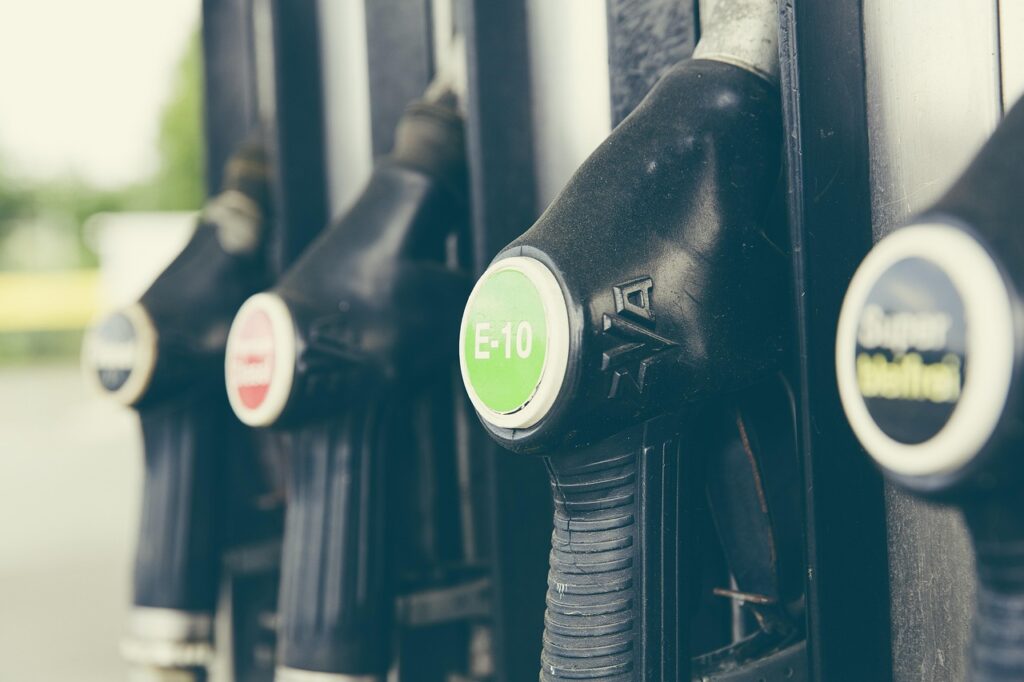
4. **Overfilling or “Topping Off” Your Tank**Many drivers have the habit of trying to squeeze in those “extra drops” of fuel after the pump automatically clicks off, perhaps to round up to the nearest dollar or simply out of a misguided belief that it will get them further. This practice, known as “topping off,” is not only unnecessary but can be genuinely detrimental to your vehicle and the environment. The pump’s automatic shut-off mechanism is there for a reason, signaling that your tank has reached its safe and optimal capacity.
The primary issue with overfilling is that gasoline needs room to expand within the vehicle’s tank, particularly as temperatures fluctuate. Without this crucial space, excessive pressure can build up, potentially leading to leaks at the gas cap or other parts of the fuel system. Even worse, forcing more fuel into the tank can flood or damage your car’s sophisticated vapor recovery system, also known as the Evaporative Emission Control (EVAP) system. This system is designed to capture harmful gasoline vapors and prevent them from escaping into the atmosphere.
Damage to the EVAP system can be costly to repair, and it often triggers the “check engine” light, leading to diagnostic headaches and potential inspection failures. The API strongly advises against topping off, emphasizing that it can lead to messy spills on hands, clothes, and the ground, creating additional fire hazards and environmental pollution. Trust the pump’s design; it’s engineered to stop precisely when your tank is full and safe. Resisting the urge to add more will save you from potential repair bills and unnecessary environmental impact.
Read more about: Your Ultimate Guide to Smart Fueling: 15 Essential Tips for Saving Money, Protecting Your Car, and Mastering the Pump

5. **Using Your Cell Phone as a Distraction**In our hyper-connected world, the temptation to glance at a text, take a call, or scroll through social media is ever-present, even during seemingly quick tasks like refueling. While the common myth that cell phones directly cause gas station fires has largely been debunked—they pose no significant fire risk themselves—their use at the pump is still a major safety concern due to distraction. The real danger isn’t the phone itself, but the way it diverts your crucial attention.
Pumping a volatile chemical like gasoline requires your full and undivided focus. A momentary lapse in attention, caused by a quick scroll or a phone conversation, can lead to several dangerous scenarios. You might miss an overflow, resulting in a significant fuel spill that creates slick surfaces and fire hazards. You could fail to notice a malfunctioning pump, or even inadvertently leave the nozzle in your tank and drive off, causing substantial damage to your vehicle and the pump itself.
The API and other safety experts stress that remaining alert and engaged with the task at hand is paramount. Your focus should be entirely on the fueling process, from the proper insertion of the nozzle to its safe removal and the secure tightening of your gas cap. The best practice is to leave your phone safely tucked away in your car or pocket until you are completely finished refueling and have driven away from the pump. This simple act ensures you are paying attention to handling a volatile chemical, maintaining a safe environment for everyone at the station.
Read more about: Navigating the AI Frontier: A Critical Guide to the Best Chatbots for Boosting Your Daily Productivity in 2025
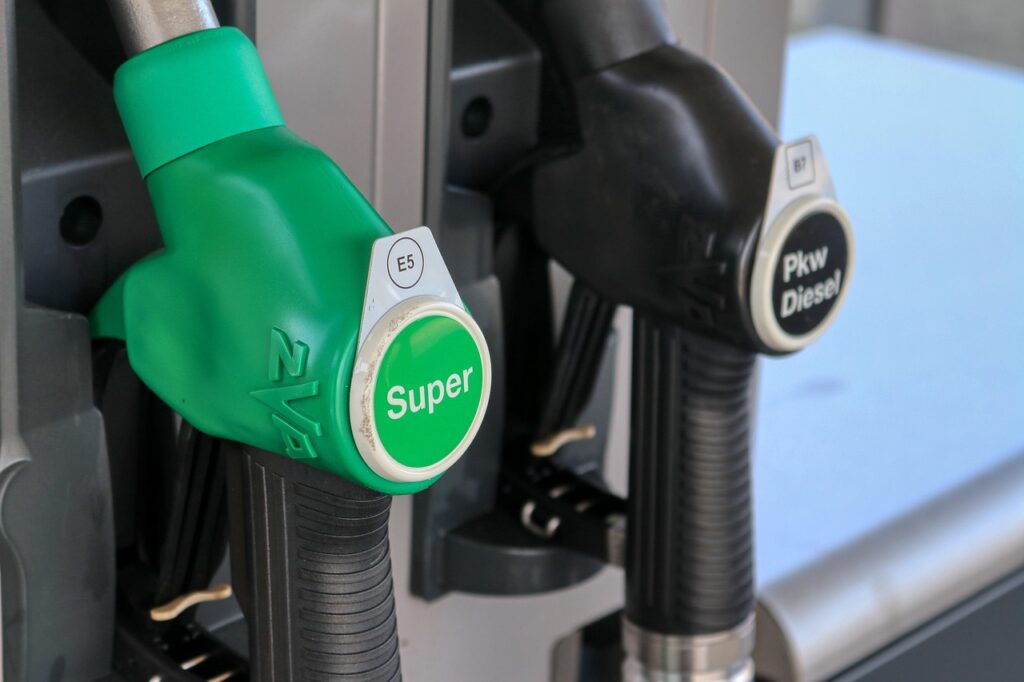
6. **Using the Wrong Fuel Type**Perhaps one of the most insidious and potentially ruinous mistakes a driver can make at the gas pump is selecting and using the wrong fuel type for their vehicle. It’s an error that can happen surprisingly easily, particularly when rushed, unfamiliar with a vehicle, or simply not paying enough attention to the subtle differences in pump handles and labeling. However, the consequences of misfuelling can range from severe engine damage to extensive and prohibitively expensive repairs.
The critical distinction, often between gasoline (petrol) and diesel, is paramount. Diesel nozzles are typically larger than unleaded gasoline nozzles in many regions, serving as a physical deterrent. However, it’s tragically common for a smaller unleaded nozzle to fit into a diesel car’s filler neck, leading to an accidental “petrol in diesel” scenario. Conversely, a diesel nozzle generally won’t fit into a gasoline car, making “diesel in petrol” less frequent but still possible. The impact of this error is immediate and severe because engine components are designed to run exclusively on one type of fuel.
Gasoline engines rely on spark plugs for ignition, while diesel engines use compression ignition. Introducing the wrong fuel can disrupt lubrication, damage the fuel pump, injectors, and ultimately, the engine itself. This can lead to breakdowns, costly component replacements, and in some cases, can even void your vehicle’s warranty. Always, without exception, double-check your vehicle’s fuel cap, owner’s manual, or the inside of the fuel flap for the recommended fuel type before you even touch a pump handle. Do not assume all green handles mean diesel, or that pump labels are identical across all stations. A moment of vigilance here can save you thousands in repairs and countless hours of inconvenience.
Having navigated the immediate pitfalls at the pump, our journey now takes us beyond the nozzle, exploring those often-overlooked yet equally critical errors that can, over time, subtly or overtly degrade your vehicle, harm the environment, and even pose risks long after the fuel cap is secured. These are the nuances of refueling, the habits and oversights that, while seeming minor, can compound into significant—and expensive—problems. Let’s delve into the next set of crucial mistakes, designed to empower you with a comprehensive understanding of vehicle care and safety.
Read more about: The 15 Hardy Coupes That Can Easily Reach a Quarter Million Miles Unchallenged
7. **Don’t Ignore Fuel Spills**Even the most meticulous drivers can experience a slight splash or dribble of fuel during the refueling process. While a small spill might seem innocuous, easily evaporating into the air, it’s a mistake to dismiss it as harmless. Gasoline, even in small quantities, creates a significant hazard, not just for your vehicle but for the entire gas station environment and beyond. Ignoring these spills is a common oversight that carries a surprising weight of potential repercussions.
From a safety perspective, spilled fuel immediately creates a slick, dangerous surface. This poses a slip-and-fall risk for yourself and other patrons, turning a routine walk around the pump into a potential accident site. More critically, gasoline is highly flammable. Even a small puddle can be ignited by a stray spark from static electricity, a dropped cigarette, or heat from an engine, leading to a flash fire or a more extensive blaze. The inherent volatility of the chemical demands immediate and appropriate action.
Beyond the immediate safety concerns, ignoring fuel spills contributes to environmental pollution. Gasoline contains harmful chemicals that can leach into the soil, contaminate groundwater, and release noxious vapors into the air. This not only violates environmental regulations but also contributes to localized pollution, affecting ecosystems and potentially human health in the vicinity. The commitment to responsible vehicle ownership extends to preventing such environmental degradation.
The correct protocol for any spill, no matter how minor, is straightforward and essential. If it’s a small splash, use the absorbents typically provided at the pump (paper towels or sand) to contain and clean it up immediately. For larger spills, or if you feel uncomfortable handling it, the imperative action is to notify the gas station attendant without delay. They are equipped and trained to manage larger quantities of spilled fuel safely, ensuring proper containment and disposal, thereby mitigating risks to both people and the planet.
Read more about: The Minivan Paradox: 10 Family Haulers Redefining Cool (And The Relics Gen Z Still Roasts)
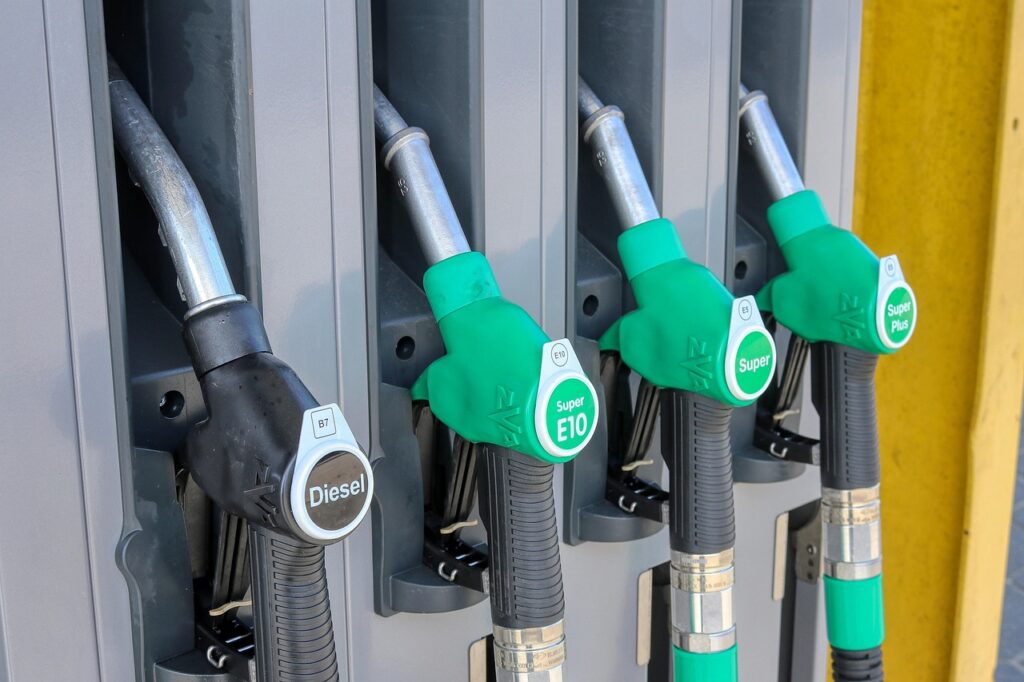
8. **Don’t Forget To Close The Gas Cap**It’s an almost involuntary action after removing the fuel nozzle: a quick twist of the gas cap back into place. Yet, amidst the myriad distractions at the pump, or simply in a moment of haste, forgetting to properly secure this seemingly minor component is a remarkably common error. This isn’t just a minor oversight; a loose or missing gas cap can initiate a cascade of problems, slowly but surely impacting your vehicle’s performance, efficiency, and even its compliance with emission standards.
The most immediate consequence of a neglected gas cap is the direct loss of fuel. Gasoline is a volatile substance, and without a tight seal, its vapors rapidly escape into the atmosphere. This means a portion of the fuel you just paid for is literally evaporating away, diminishing your actual fuel economy and forcing more frequent trips to the pump. Over time, these small losses accumulate, translating into a noticeable and entirely avoidable drain on your wallet.
Far more serious, however, is the impact on your vehicle’s sophisticated Evaporative Emission Control (EVAP) system. This system is designed precisely to capture harmful gasoline vapors, preventing them from polluting the environment. A loose gas cap breaks the sealed integrity of the fuel system, effectively rendering the EVAP system inoperative. This often triggers the infamous “Check Engine” light on your dashboard, a warning that can lead to diagnostic fees and potentially failed vehicle inspections.
The solution is refreshingly simple: always ensure your gas cap is fully tightened until you hear the distinct “click” that confirms a secure seal. For vehicles equipped with capless fuel systems, ensure the flap is fully closed and properly aligned. This small, deliberate action takes mere seconds but provides immense protection, safeguarding your fuel efficiency, preserving the health of your EVAP system, and preventing those frustrating “Check Engine” light appearances and costly repairs down the line.
Read more about: Seriously Where Did They Go? 15 Automotive Features That Vanished (Or Should) From Our Dashboards
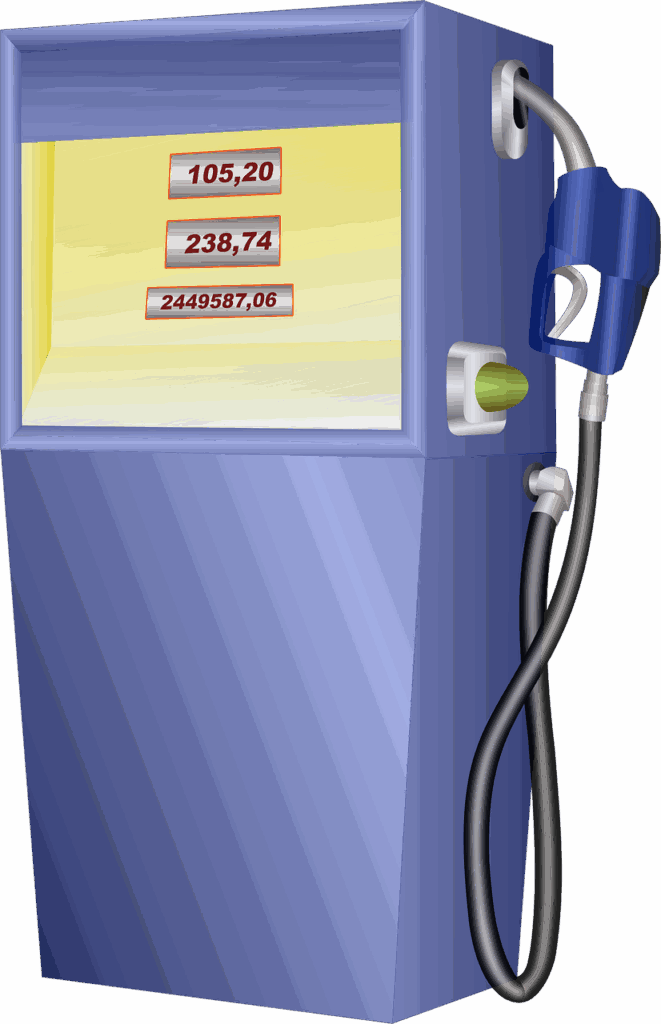
9. **Avoid Pumping Gas Into An Unauthorized Container**While most refueling happens directly into a vehicle’s tank, there are times when you need to transport gasoline for other purposes, such as powering lawnmowers, generators, or other small engines. In these instances, the type of container you choose is not a trivial matter but a critical safety decision. The mistake of pumping fuel into an unauthorized or improper container is an often-underestimated hazard that can lead to severe safety risks and environmental damage.
Standard plastic jugs or makeshift buckets are simply not designed to safely contain gasoline. Gasoline reacts with certain plastics, potentially degrading the container material and leading to leaks. More importantly, these containers lack the crucial safety features of approved fuel cans, such as flame arrestors that prevent flashback ignition, or robust construction designed to withstand the internal pressures and corrosive nature of fuel. Using them is a direct invitation to spills, fires, and dangerous vapor accumulation.
The American Petroleum Institute (API) unequivocally advises that gasoline should only ever be pumped into containers specifically approved and labeled for fuel storage. These certified containers are typically made from high-density polyethylene or metal, engineered to be durable, leak-proof, and to safely vent pressure. They feature specific closures and often an orange or red color for easy identification, clearly marking their suitability for such volatile contents.
When you do need to fill an approved container, always place it on the ground before pumping. Never fill it while it’s in the bed of a pickup truck, inside a vehicle, or on any other unstable surface. This grounding prevents static electricity buildup, which could spark and ignite vapors. Fill the container to no more than 95% capacity to allow for crucial expansion space, especially in fluctuating temperatures. A securely capped, properly filled, and certified container is the only safe way to transport this volatile chemical, safeguarding against accidental spills and catastrophic fires.
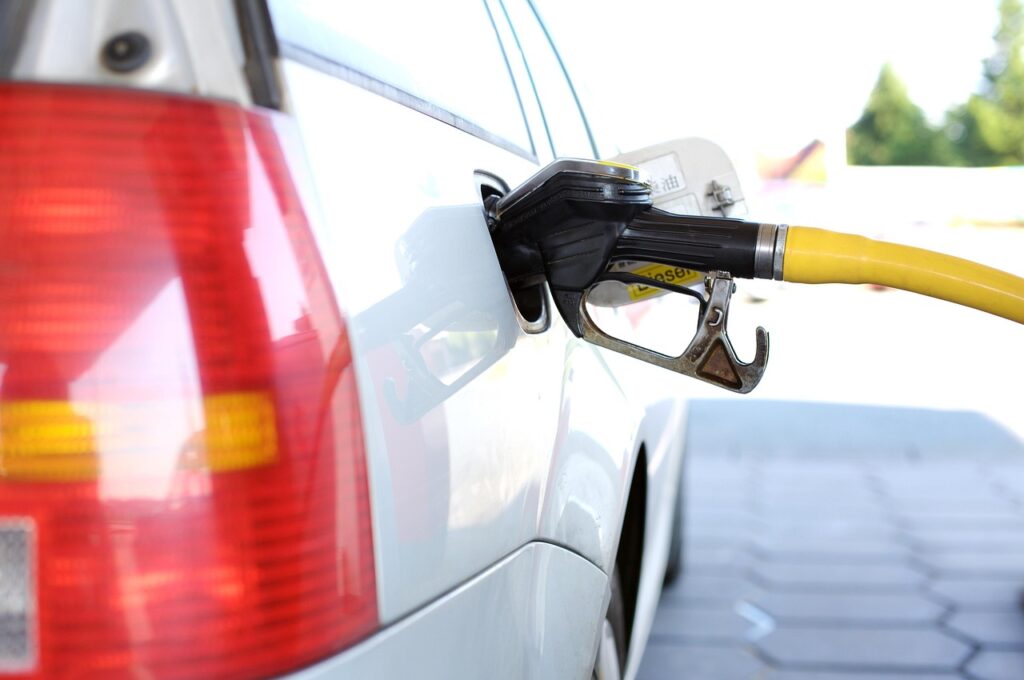
10. **Transporting Gas Unsafely**Once gasoline has been correctly filled into an approved container, the responsibility doesn’t end there. The journey from the gas station to its destination—whether a garage, a work site, or home—introduces another set of potential hazards, particularly if the fuel is transported unsafely. Many drivers make the mistake of treating a filled gas can like any other piece of cargo, failing to appreciate the unique risks associated with carrying a highly flammable liquid within an enclosed space.
A primary concern is the potential for spills. An unsecure container, whether it’s an approved can with a loose cap or one simply left unsecured in the trunk, can easily tip over or shift during transit. Even a minor leak or spill within your vehicle can have immediate and severe consequences. Gasoline fumes are heavier than air and can rapidly accumulate in the enclosed space of a car, creating an explosive atmosphere. The slightest spark—from an electrical component, a cigarette, or even static discharge—could trigger a fire.
Furthermore, prolonged exposure to gasoline fumes inside a vehicle is detrimental to human health. Inhaling these vapors, even in low concentrations, can cause dizziness, nausea, headaches, and respiratory irritation. In higher concentrations, they can be incapacitating or even life-threatening. The pungent, lingering odor of spilled gasoline is also incredibly difficult to remove from vehicle interiors, often requiring extensive and costly professional detailing or even rendering parts of the car unsalvageable.
The API’s guidance for safe transport is clear: always store approved gasoline containers securely in the vehicle. This means placing them in a position where they cannot tip, slide, or roll, ideally in a well-ventilated area like an open truck bed or strapped down in the trunk. Crucially, containers should be removed from the vehicle immediately upon arrival at your destination. Never leave a container of gasoline in the vehicle or its trunk for any extended period, especially on hot days, as rising temperatures significantly increase vapor pressure and the risk of a leak or explosion.
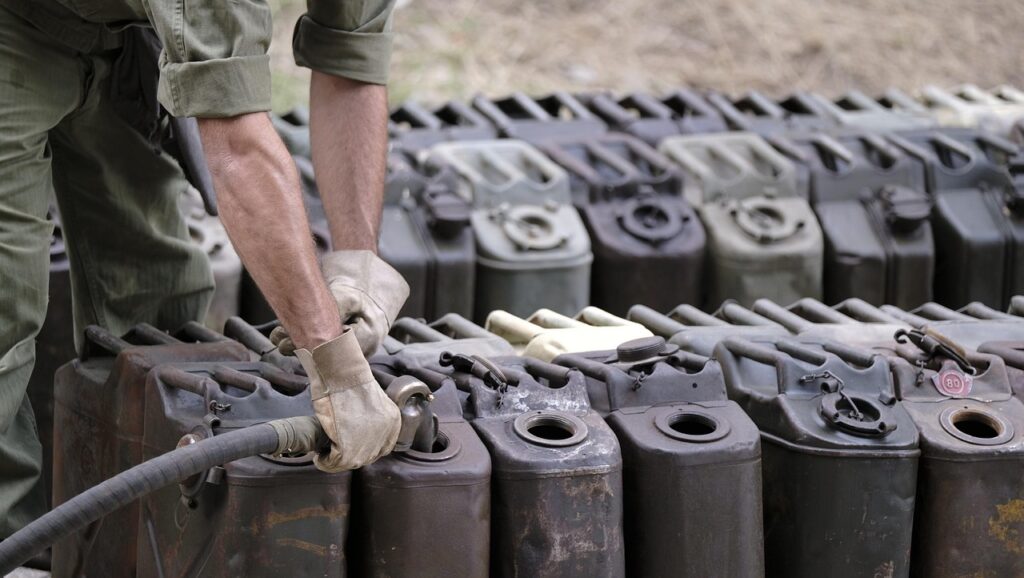
11. **Don’t Remove The Nozzle Too Quickly**The final moments of the refueling process, after the pump has clicked off and your tank is full, often feel like a race to completion. In our hurried lives, it’s tempting to yank the nozzle out and get on your way. However, this seemingly minor rush can lead to a messy and potentially hazardous mistake: removing the nozzle too quickly. This hasty action often results in a lingering splash of gasoline, not only wasting fuel but also creating immediate environmental and safety concerns.
When the pump stops, there’s always a small amount of residual fuel still in the nozzle’s spout and hose. Pulling it out abruptly before gravity has had a chance to drain these last drops almost guarantees a spill. This gasoline can end up on your hands, your clothing, the side of your pristine vehicle, or, most dangerously, on the ground around the pump. This creates immediate fire risks and unsightly, slippery patches for other motorists and pedestrians.
Getting gasoline on your vehicle’s paintwork is also a concern. While not immediately catastrophic, prolonged exposure or repeated spills can degrade waxes, clear coats, and eventually the paint itself, leading to dull spots or permanent damage. The distinct, tenacious odor of gasoline on your hands or clothes is also far from pleasant and difficult to wash away, making the remainder of your day less enjoyable.
The simple, effective solution is to exercise a moment of patience. After the pump clicks off, pause for a second or two, allowing any remaining fuel in the nozzle to drain completely into your tank. Then, remove the nozzle slowly and deliberately, ensuring no drips. Hold it upright as you withdraw it and return it securely to its holder. This small act of mindfulness ensures a clean, safe departure from the pump, protecting your vehicle’s finish, your clothing, and the environment from unnecessary fuel residue.
Read more about: 12 Ingenious Home Hacks: Transform Everyday Items into Powerful Problem-Solvers for a Smarter, More Efficient Home

12. **Starting the Engine Immediately After Fueling**Once the nozzle is back in its holder and the gas cap is securely tightened, the natural instinct for many drivers is to immediately hop back into the car, turn the key, and drive away. However, this seemingly innocuous post-fueling action can harbor a hidden risk that is often overlooked. Starting your engine without a brief pause after refueling is a mistake that, while rare in its catastrophic outcome, introduces an unnecessary safety gamble that is easily avoidable.
The primary concern revolves around the lingering presence of gasoline vapors. Despite your best efforts and the pump’s design, a small amount of fuel vapor can still be present in the immediate vicinity of your vehicle’s fuel filler neck and surrounding area for a short period after the nozzle is removed. These vapors, as we’ve already established, are highly volatile and extremely flammable, representing an invisible but potent fire hazard.
When you start your engine, the electrical system engages, and the starter motor generates a momentary spark to ignite the fuel-air mixture in the cylinders. While modern vehicles are designed with many safety features, there’s always a minute chance that an electrical spark from the ignition system, or even from static electricity within the engine compartment, could interact with these lingering external fuel vapors. This creates a potential, albeit slim, risk of ignition or a flash fire near the fuel tank.
The prudent and recommended practice is to allow a short interval—just a few seconds, perhaps up to half a minute—between completing the fueling process and starting your engine. This brief pause provides ample time for any remaining gasoline vapors to dissipate safely into the atmosphere, greatly reducing the minute risk of an accidental ignition. It’s a small, deliberate act of patience that reinforces overall safety protocols at the gas station, ensuring that you and your vehicle depart without incident and without inviting potential danger.
Read more about: Unleash Your Inner Engineer: Top 14 Crate-Build Cars You Can Assemble Today
From the initial approach to the pump to the final drive away, every step of the refueling process demands our attention and adherence to best practices. As we’ve thoroughly explored, the common mistakes—whether it’s re-entering your car, overfilling the tank, using the wrong fuel, ignoring spills, or rushing the final steps—are not mere inconveniences. They are pathways to potential hazards, costly repairs, and environmental harm. By embracing these expert-backed guidelines, turning off your engine, staying present, choosing the correct fuel, and meticulously securing your cap, you transform a mundane chore into a mindful act of vehicle preservation and safety. Drive confidently, knowing you’ve mastered the art of responsible refueling, safeguarding your investment, your well-being, and our shared environment for countless miles ahead.

